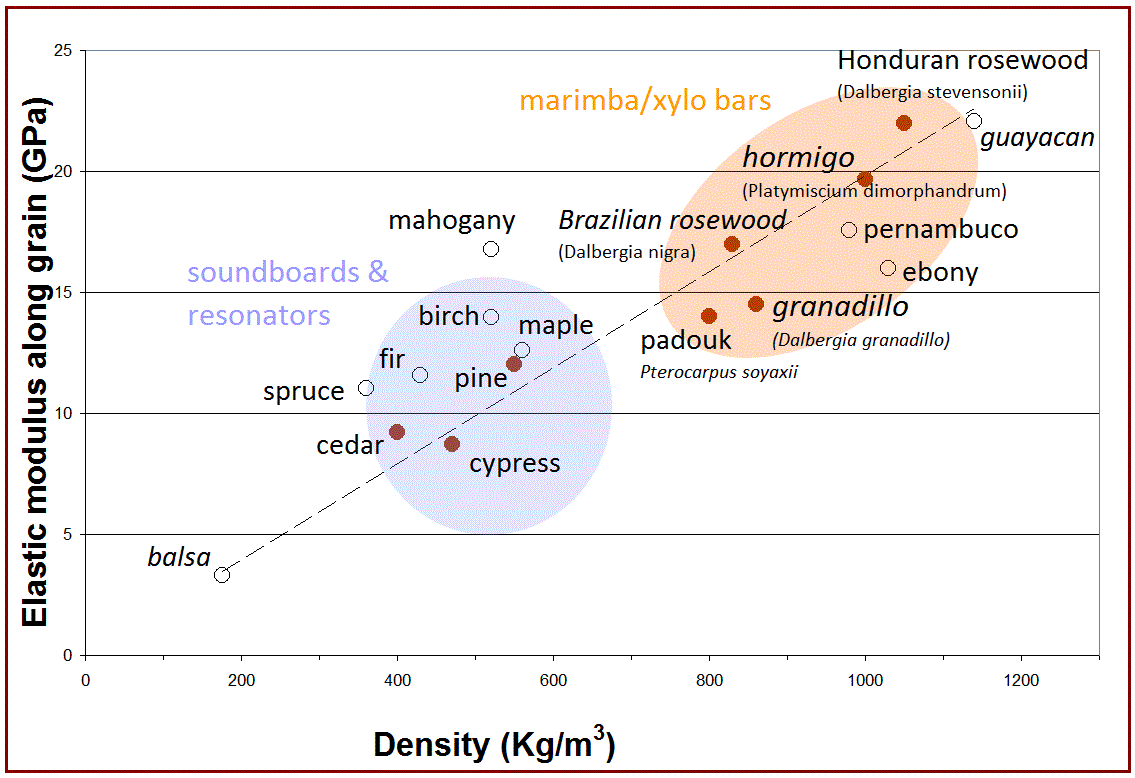Cuando cayó la oscuridad/When darkness fell

Iximché, capital del señorío Maya-Kaqchikel, como se habría visto en 1520
Iximché, capital city of the Maya-Kaqchikel kingdom, as it would have looked in 1520

Iximché hoy
Iximché today
(Read in English below)
El día Jun Ah (3 de Octubre de 1520) apareció la peste ¡Oh hijos míos! Primero se enfermaba la gente de tos, padecían de sangre de narices y de mal de orina. Fue verdaderamente terrible el número de muertes. Murió entonces el príncipe Vakaki Ajmak. Poco a poco grandes sombras y la noche completa envolvieron a nuestros padres, abuelos y a nosotros también ¡oh hijos míos!, cuando reinaba la peste.
A los cuarenta días de haber comenzado la peste murió nuestro padre y abuelo; el día Kab'lajuj Camey (14 de Abril de 1521) murió el rey Jun Iq', vuestro bisabuelo. A los dos días murió también nuestro padre, el Ahpop Achí Balam, vuestro bisabuelo, ¡oh hijos míos! Juntos murieron nuestros abuelos y padres.
Grande era la corrupción de los muertos. Después de haber sucumbido nuestros padres y abuelos, la mitad de la gente huyó hacia los campos. Los perros y los buitres devoraban los cadáveres. La mortandad era terrible. Así fue como nosotros quedamos huérfanos ¡oh hijos míos! Con Tzián y Balam, éramos pequeños los descendientes del rey Jun Iq'. Por esa razón entró a gobernar Belehe K'at, pero solo por un tiempo. Nosotros éramos niños y quedamos solos, ninguno de nuestros padres se había salvado. ¡Ru poyibal alaxic! (¡Para morir nacimos!)
Relación de la llegada de la fiebre hemorrágica a la ciudad de Iximché, capital de los Maya-Kaqchikeles, a finales de 1520, tres años antes que los españoles pusieran pie en Guatemala (Febrero de 1524), según los Anales de los Kaqchikeles [1].
Aunque en el pasado los historiadores han identificado a esta epidemia como de viruela, los síntomas descritos e investigaciones recientes sugieren que se trataba de una peste de fiebre hemorrágica, llamada más adelante "cocoliztli" (que significa peste en nahuatl), parecida a la fiebre tifoidea. En 1545 esta infección reapareció en México y Guatemala, causando una de las peores catástrofes demográficas de la humanidad [2].
Esta vez podemos minimizar las aflicciones que agobiaron a nuestros ancestros, si seguimos las instrucciones de las autoridades: aislamiento, distanciamiento personal, cubrirse nariz y boca en público, lavarse bien las manos antes de comer o tocarse la cara.
-----------------
On day Jun Ah (October 3, 1520) came the plague, oh my children! People fell ill with a cough, bleeding nose and painful urination. The number of deaths was truly terrible. Prince Vakaki Ajmak died. Little by little, great shadows and then full darkness enveloped our parents, grandparents and us too, oh my children!, when the plague reigned.
Forty days after the plague began, our father and grandfather died; on day Kablajuj Camey (April 14, 1521) the Ahau Jun Iq', your great-grandfather, died. Two days later our father, the Ahpop Achí Balam, your great-grandfather, also died, oh my children!
So great was the stench of the dead! After our parents and grandparents had succumbed, half the people fled to the fields. Dogs and vultures devoured the corpses left behind. The death was terrible. This is how we became orphans, oh my children! Together with Tzian and Balam, descendants of the Ahau Jun Iq', we survived and witnessed the pest, oh my children! Then Belehe K'at entered to rule, but only for some time. We were children left all by ourselves, as none of our parents was saved from the pestilence. Ru poyibal alaxic! (To die we were born!)
Account of the arrival of hemorrhagic fever to the city of Iximché, capital of the Maya-Kaqchikels at the end of 1520, three years before the Spaniards set foot in Guatemala (February 1524), according to the Annals of the Kaqchikels [1].
Although historians have previously identified this epidemic as smallpox, the particular symptoms described and recent research suggest that it was a hemorrhagic fever plague, later called "cocoliztli" (meaning plague in Nahuatl), akin to typhoid fever. In 1545, this infection reappeared in Mexico and Guatemala, causing one of the worst demographic catastrophes in human history [2].
1. Traducción del kaqchikel por Adrián Recinos, Editorial Piedra Santa, 1991



















